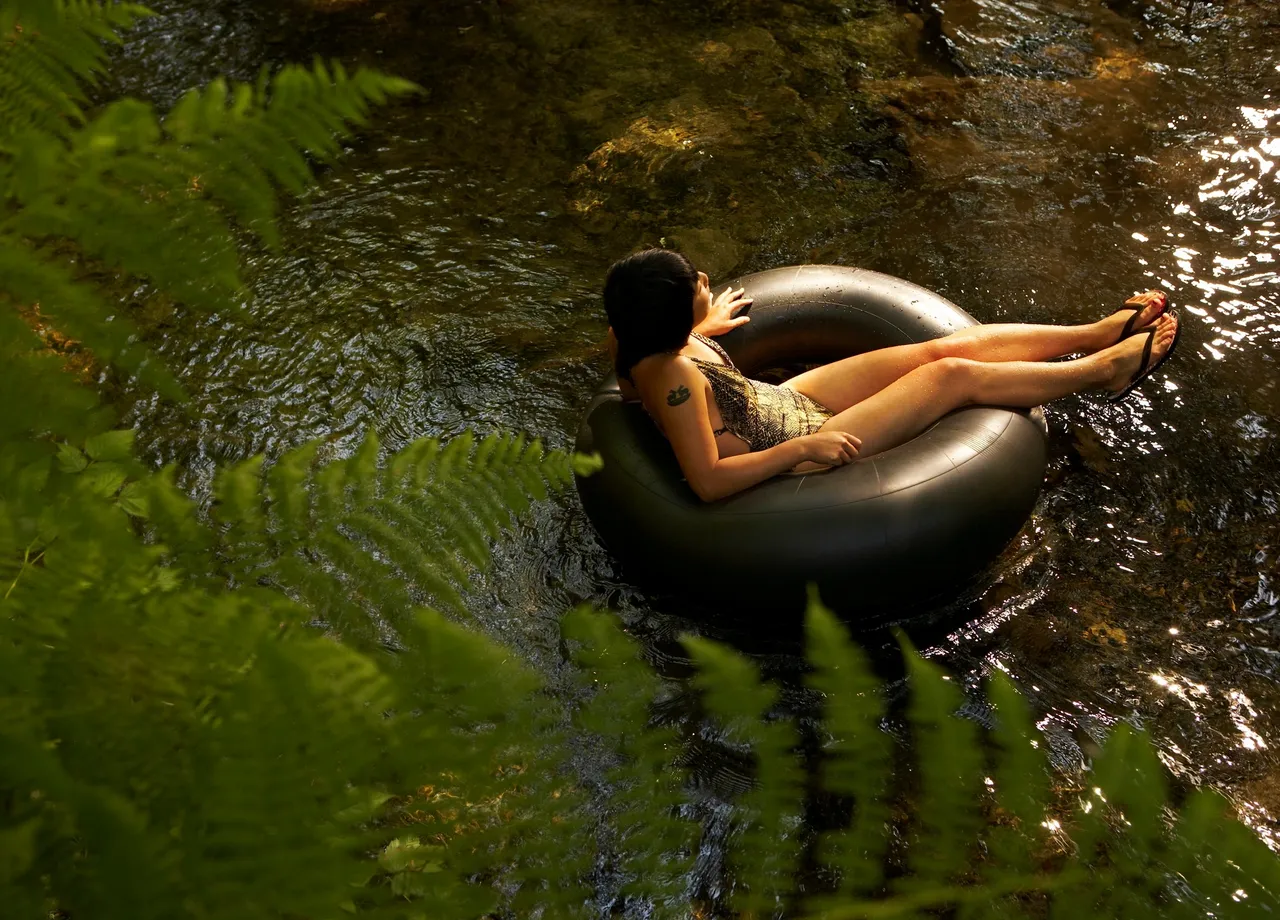I was standing in line at a restaurant once and the lady in front of me ordered a drink that came in a bottle with a lid you had to pop off. I knew the kid at the register wasn’t old enough to drink because he was failing horribly at using the mounted bottle opener. We, the bored people of the line, were transfixed by the spectacle. All we could do was watch on as he struggled desperately. What advice can you even give?! He was doing the motion, he just wasn’t hooking the lid fully. You gotta hook the lid – every good, drinking adult knows that. Many of us in that line probably knew exactly what he was doing wrong within a fraction of a second – we could spot a hooker (or lack thereof) instantly. Eventually, our hero fully hooked the lid and the release was felt from miles away. I knew from then on, his body was ready to hook.
Most of the movements we do are automatic. We don’t have to think how to walk or how to lift a beer up to our mouths (unless those two are done in opposite order – then walking might go out the window). This saves us a good amount of effort, but can backfire when those automatic movements aren’t the best. If you move in a way that overloads a specific region of your body, if you automatically react in the wrong way, or when someone hands you a flyer and you reflexively grab it. A good coach can help you update your automatic responses like learning to walk symmetrically again or slapping a pamphlet away without thinking.
Tip: in order to learn a new way to respond, your body has to feel it first. Let’s start with one of the most useful physical responses people need to learn: relaxation. Set a timer for 10 minutes and get into a comfortable position. All of these will be done by first squeezing your muscles, then relaxing. Most people don’t know what it feels like to relax, so by first contracting your muscles, you get the opportunity to feel relaxation as you let go from squeezing. Start by squeezing your fists, then relax. Next contract your upper arm, from your shoulder to your elbow – then relax. Take these 10 minutes to go through your entire body and explore contracting muscles – and most importantly, what it feels like to relax them. To some people, relaxation can feel like your body is loose and heavy, like your arms and legs are limp, wet rags with no tension. Other people, feel light and almost like they could float, like their body is filled with air. However, you experience relaxation is unique to you – just observe what it feels like to you so you can feel it again later when you need. You may have time to go through your entire body 2 or even 3 times. Pay special attention to anywhere that feels tight or where you normally hold tension. Consider this drill your “reset button” for muscular tension. The amount of tension you’ll have in your muscles will vary day to day, and even hour to hour (often depending on stress). Most of the time, we’re not consciously tensing our muscles – it just automatically happens. So practice relaxing and getting your body in touch with having lower tension.

